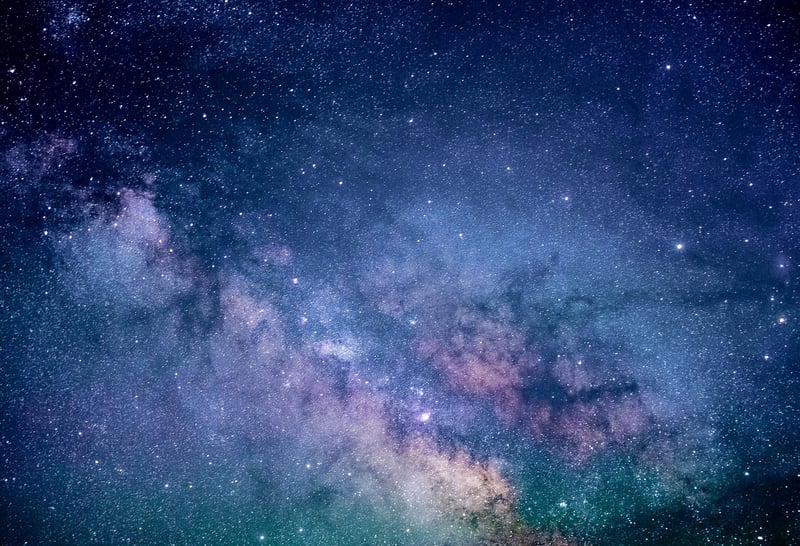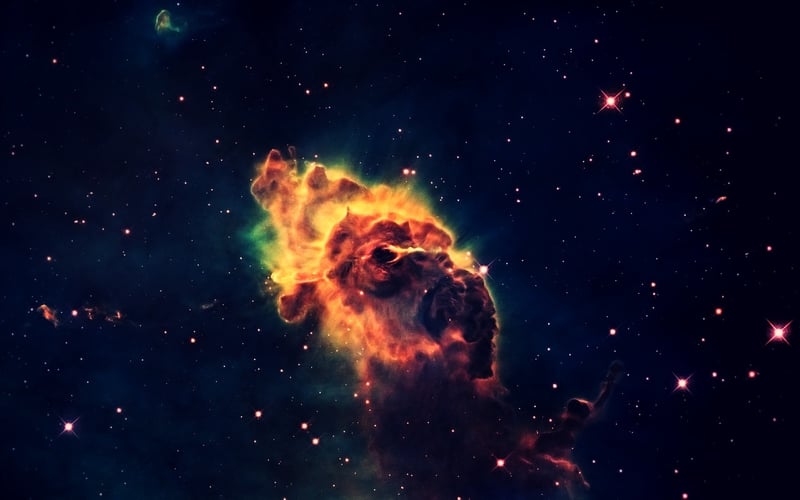Nebulae Exploration
Unveiling Secrets: Exploring the Mysteries of Nebulae

Welcome to the fascinating world of nebulae, where the mysteries of the universe unfold in breathtaking colors and patterns. Nebulae, often referred to as the "birthplaces of stars," are vast clouds of dust, hydrogen, helium, and other gases scattered throughout the cosmos.
Types of Nebulae
There are three main types of nebulae:
- HII Regions: These are large clouds of ionized hydrogen gas that emit a reddish glow.
- Planetary Nebulae: Formed from the remnants of dying stars, these nebulae exhibit intricate shapes resembling planets.
- Supernova Remnants: Resulting from the explosive deaths of massive stars, these nebulae showcase expanding shock waves and intense radiation.
Exploring Nebulae
Scientists utilize advanced telescopes like the Hubble Space Telescope to capture stunning images of nebulae and study their composition and evolution. By analyzing the light emitted by these cosmic wonders, researchers can unravel the secrets of star formation and the life cycle of galaxies.
Key Discoveries
Through nebula exploration, scientists have made significant discoveries, including:
- The role of nebulae in seeding new stars and planetary systems.
- The presence of complex molecules in nebulae, hinting at the building blocks of life.
- The impact of supernova explosions on the surrounding interstellar medium.
Future Prospects
As technology continues to advance, astronomers are excited about the prospects of uncovering more secrets hidden within nebulae. From understanding the origins of the universe to exploring the potential for extraterrestrial life, nebula research promises to unveil new revelations about our cosmic surroundings.
Embark on a journey through the mesmerizing realm of nebulae and witness the wonders of the universe like never before!

